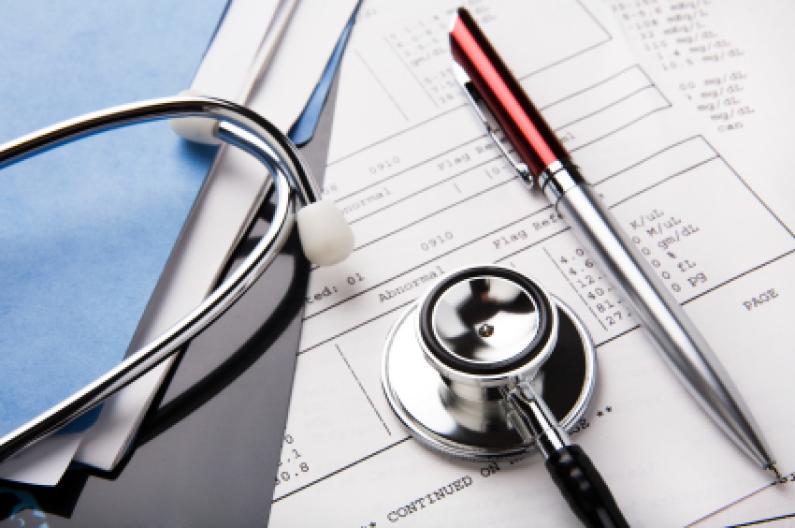
Medical errors are partly due to inadequate translations.
A hospital report shows that in 2011, some 4,000 cases of malpractice were committed in German hospitals and medical practices, although not all were the fault of the doctor. Part of this error is due to incorrectly translated medical records and reports. According to one American study, 1,500 of 30,000 examined medication errors were ascribed to ambiguous abbreviations. For this reason, translation companies are increasingly falling back on qualified medical practitioners who are particularly well versed in the numerous medical field abbreviations, and are also familiar with synonymous terms.
"Every inaccurate translation in the medical field may ultimately lead to misunderstandings or even fatal errors," stresses linguist Dr. Anna-Katharina Hüging from the Alphatrad translation network. Amongst other things, this translation expert works as a lecturer at the School of Translation and Interpretation situated in Ruprecht-Karls-Universität Heidelberg, and specialises in general language and medical translations. In her dissertation, Hüging approached the translation process specifically in terms of the medical field to identify ways of simplifying the translation of such texts.
Hüging conducted a study regarding how elaborate a medical translation is designed: On average, each of the 14 subjects took six research sources and referenced 14.8 pages of online research. The study also clearly shows which types of incorrect translations exist. In the case of "medullary thyroid cancer", for example, the translation Rückenmarkskrebs (spinal cord cancer) is sometimes used instead of the correct medulärer Schilddrüsenkrebs (medullary thyroid cancer). Such extreme cases are rare, but they show how fatal a deviation from the original content can be. Hüging cites another example which occurs more frequently: the English term "mild dementia" is often translated as "benign dementia." "The correct translation would be ‘mild dementia'. This selectivity is very important in the diagnosis and subsequent treatment," says Hüging.
Hüging’s study demonstrates the importance of professional translators: the best option is for students to obtain a translation degree with an emphasis in medicine. It is not enough to involve physicians with a certain affinity for foreign language. "The distribution of translation errors indicates that the discipline of translation must be scientifically conveyed and learned, also that a suitably qualified translator is preferable to a language-savvy physician," says Hüging.
The international language of medicine is English. "Typical sources of error are mainly synonyms, abbreviations and neologisms," explains Frédéric Ibanez, owner of the Alphatrad translation network . Hüging seconds his opinion: "Medical language is characterised by increasing term multiplicity." In addition to many synonyms, there are also older and newer terminologies. "Not every synonym is equally as common, and there are also synonymous abbreviations," Hüging goes on to explain. Linguists add these to medical dialect they already know. Problems arise when multiple abbreviations exist for a term. Abbreviations are also often incorrectly translated back to the original source. The same is recognised for neologisms which are also becoming evermore frequent and are poorly documented in dictionaries and lexicons.
Even texts from the field of medical technology can contain monumentous errors. Here, improper or misleading wording in manuals can lead to the damage of equipment or even an erroneous application. The Swiss corporation Heinz Stampfli AG sells equipment for the emergency and medical technology field. The company partners with Traducta to translate its product descriptions into French, Italian and English. "An error in the description of a defibrillator may entail an incorrect application," says Claudia Widmer of the Heinz Stampfli AG. At this end, there are usually engineers with translation training or translators who specialise in the field of medical technology. This is the only solution to ensure that our translations contain no inaccuracies or mistakable wordings.
Published in: Deutsches Ärzteblatt, 18 January 2013
For more information, send us an email at info@alphatrad.co.uk
Add new comment